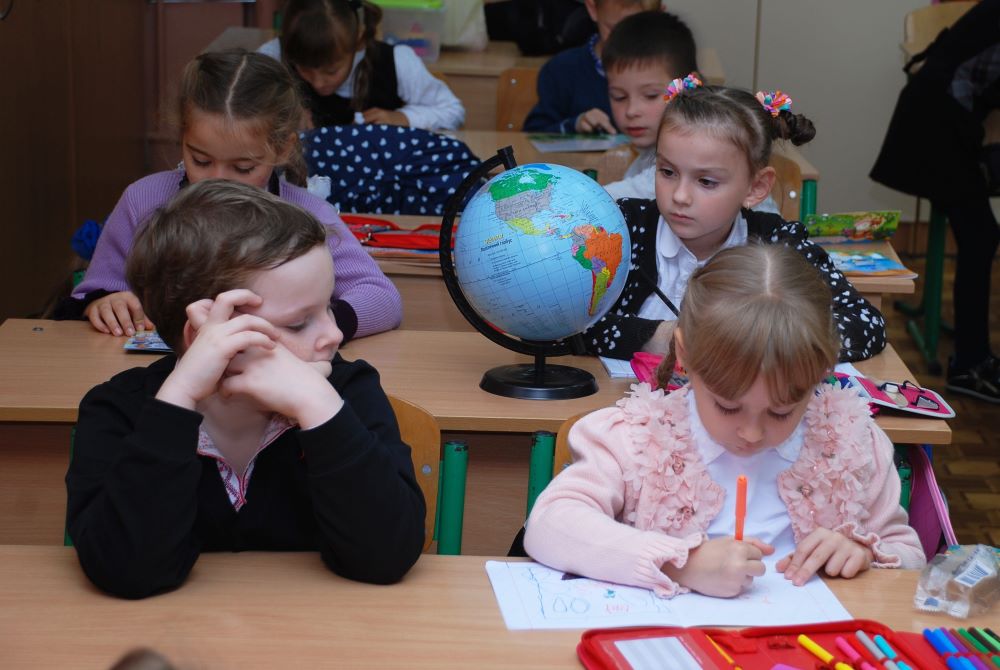Classroom, Teacher Survival
Flexible Seating

By. Meredith Biesinger
I often get on Pinterest and drool over home decor ideas, crafts, and classroom designs! The truth is that many of us don’t have the time or the budget to recreate every beautiful thing we see online. However, we can still design fun and creative spaces where students can learn and be inspired.
Flexible seating is a topic that often gets brought up among K-12 colleagues. Should students be able to sit where they want to? Where will they sit? How often will they have this freedom?
So when planning classroom seating for the last couple of months of school, or possibly for next year, think about how your furniture and classroom design match your current educational philosophy. The reality is that while many districts will spend money on new furniture to promote innovation, the educational philosophy in many of those same districts is not changing. Students are still sitting through a one size fits all curriculum, where teachers have limited choice in how to teach, and their students are expected to learn through the same process.
Buying new furniture is relatively easy; changing the way we educate is not. This is the problem in education; we spend money on new educational initiatives that look great and are often needed. However, we do little to think about our thinking. Our educational philosophy determines the experience that everyone has within our schools, not new tables or chairs.
So I wonder, what good is flexible seating if we don’t also have the opportunity for flexible thinking?
One of the main questions we should be asking is how do our students learn best? The answer to this question includes classroom design or manipulation and where in the classroom they need to be to access the best learning experience.
There has to be room for experimentation and reflection on what works best for student learning. Depending on your individual school policies, consider learning stations so that students still have the freedom to move around and participate in critical thinking opportunities.
“A flexible, resilient pedagogy finds the overlap between what’s sustainable for teachers and what’s best for kids.” ~Angela Watson, Truth for Teachers



